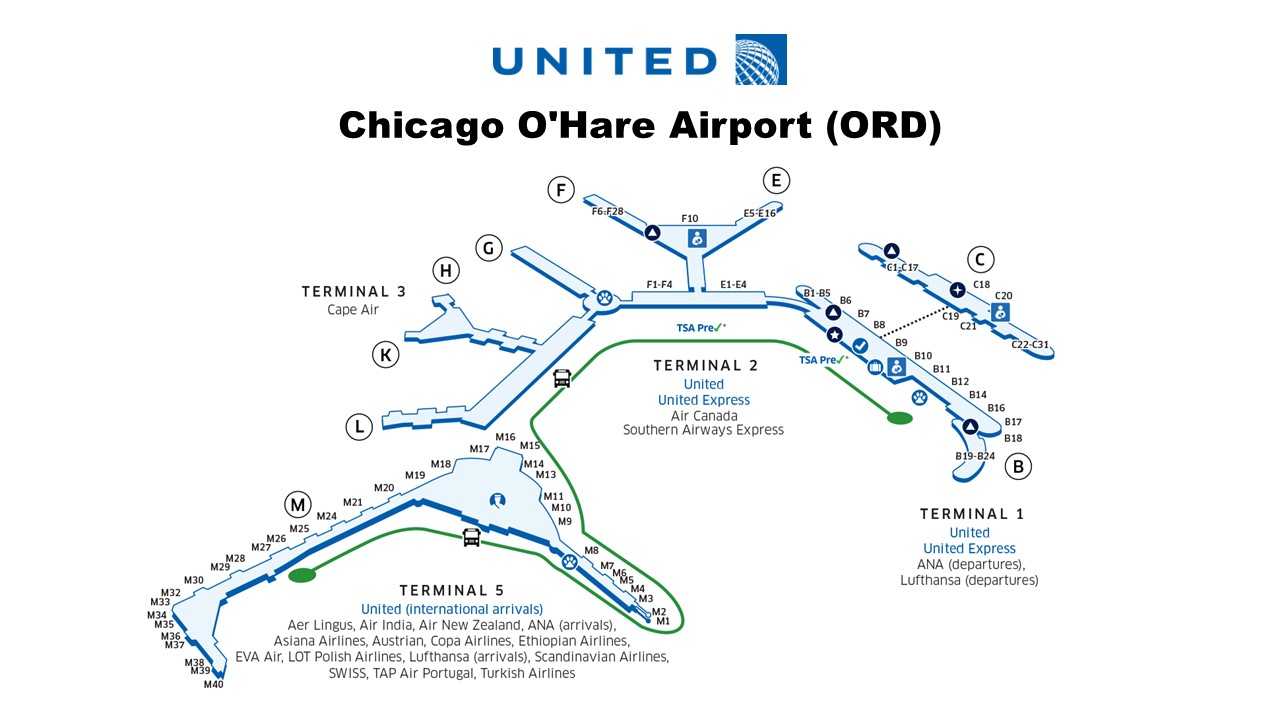Netherlands Plans Low-Security Detention Centers For Asylum Seekers

Table of Contents
The Rationale Behind Low-Security Detention Centers
The Dutch government's proposal for low-security detention centers stems from the numerous challenges plaguing its asylum system. Current high-security facilities are severely overcrowded, leading to suboptimal living conditions for asylum seekers and placing a strain on resources. This overcrowding also contributes to inefficiencies in the asylum application processing time, creating lengthy delays and increasing overall costs. Maintaining high-security detention is expensive, requiring significant investments in security personnel and infrastructure.
The government argues that low-security centers offer a more cost-effective and humane alternative. By reducing the level of security, they aim to:
- Reduce overcrowding: Distribute asylum seekers across more facilities.
- Improve efficiency: Streamline the asylum process by providing a more manageable environment.
- Lower costs: Reduce expenditure on high-security measures.
- Enhance the asylum seeker experience: Create a less stressful environment conducive to a fair and efficient application process. The argument is that a less restrictive setting can positively impact mental health and overall well-being.
Features and Structure of Proposed Low-Security Centers
While details remain scarce, the proposed low-security centers are envisioned as open facilities with less restrictive security measures than traditional detention centers. Key features are expected to include:
- Open facilities: A less restrictive environment than high-security detention.
- Community integration: Opportunities for asylum seekers to engage with local communities, potentially fostering integration.
- Rehabilitation programs: Support services such as language classes, job training, and psychosocial support.
- Enhanced monitoring: While less restrictive, there will be staff monitoring to ensure the safety and well-being of residents and prevent escapes. This may involve electronic monitoring or increased staff presence.
- Security measures: Specific security measures, although less intensive than high-security centers, will be implemented to prevent escapes or other security breaches. These may include perimeter fencing, CCTV surveillance, and access control systems.
Potential Benefits and Drawbacks of the Plan
The proposed plan presents a complex picture with both potential benefits and significant drawbacks.
Benefits:
- Improved living conditions: Asylum seekers might experience better living conditions and reduced stress in a less restrictive environment.
- Potential cost savings: Reduced security measures could lead to lower operational costs for the government.
- Faster processing of applications: A more efficient system could potentially speed up the asylum application process.
Drawbacks:
- Escape risk: Lower security measures might increase the risk of asylum seekers absconding.
- Negative public opinion: The plan may face considerable opposition from the public, concerned about security and integration challenges.
- Integration challenges: Successfully integrating asylum seekers into the community will require significant resources and community engagement.
- Ethical considerations: Critics raise ethical concerns regarding the appropriateness of less secure detention, even if it is intended to be more humane.
Public and Political Reaction to the Proposed Centers
The proposal has triggered a diverse range of reactions. Political parties hold differing views, with some expressing support for a more efficient and humane approach, while others raise serious concerns about security and potential negative impacts on public order.
Human rights organizations have voiced strong criticism, highlighting potential human rights violations stemming from less secure detention environments. Public opinion polls reflect a divided public, with varying levels of support and opposition depending on the specific aspects of the plan. The plan also faces the potential for legal challenges from groups arguing it infringes on the rights of asylum seekers.
Conclusion
The Netherlands' plan to build low-security detention centers for asylum seekers marks a substantial shift in its immigration policy. While advocates see it as a more humane and efficient approach, critics express deep concerns about security, public perception, and the potential impact on asylum seekers' well-being. The success of this initiative hinges on meticulous planning, robust community engagement, and an unwavering commitment to upholding human rights. Further research into the long-term effects of low-security detention centers on both asylum seekers and the broader community is vital.
Call to Action: Stay informed about the ongoing developments surrounding the Netherlands' plans for low-security detention centers for asylum seekers. Follow reputable news sources and participate in informed discussions to better understand this crucial issue shaping immigration policies in the Netherlands. Critical analysis of the impact of different approaches to asylum seeker detention is essential for the creation of a just and effective system.

Featured Posts
-
 The Fight For O Hare United And American Airlines Strategies For Airport Supremacy
May 12, 2025
The Fight For O Hare United And American Airlines Strategies For Airport Supremacy
May 12, 2025 -
 Mask Singer Les Mots De Chantal Ladesou Sur Ines Reg
May 12, 2025
Mask Singer Les Mots De Chantal Ladesou Sur Ines Reg
May 12, 2025 -
 Ufc 315 Updated Fight Card Following Jose Aldos Weight Issues
May 12, 2025
Ufc 315 Updated Fight Card Following Jose Aldos Weight Issues
May 12, 2025 -
 Box Office Bomb Dissecting The Reasons Behind The Failure Of The 2024 Ritchie Cavill War Movie
May 12, 2025
Box Office Bomb Dissecting The Reasons Behind The Failure Of The 2024 Ritchie Cavill War Movie
May 12, 2025 -
 Weekend Usmnt Football Hajis Impressive Hat Trick
May 12, 2025
Weekend Usmnt Football Hajis Impressive Hat Trick
May 12, 2025
